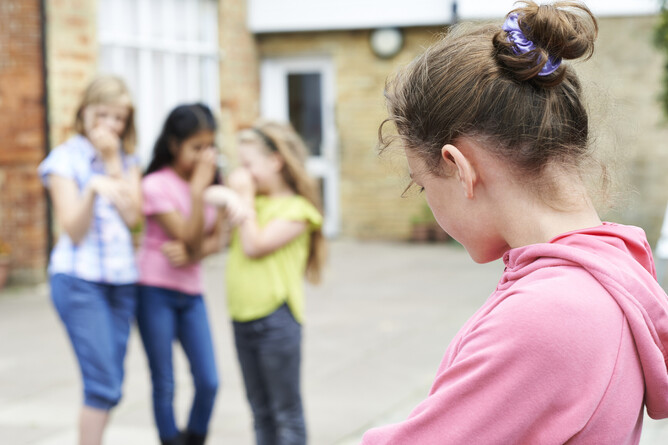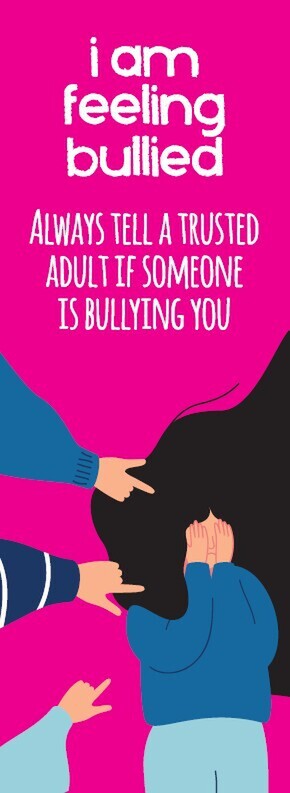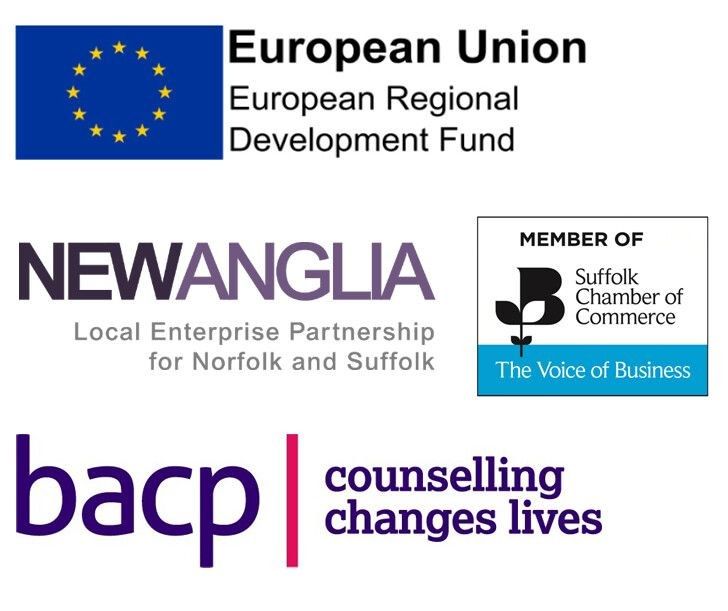Bullying is an issue that affects many kids and teenagers, whether they encounter it at school, online, or even at home. But it's essential to remember that you don't have to face bullying alone; there are actions you can take to stand up against it and make a positive change. In this blog, we'll explore what bullying looks like in various settings and share empowering strategies for children and teenagers to combat it.
Understanding Bullying:
Bullying at School:
School is a place where kids spend a significant portion of their time, and unfortunately, it's also where bullying can occur. This can take various forms, including verbal teasing, physical aggression, exclusion, or spreading hurtful rumours.
Online Bullying (Cyberbullying):
With the rise of technology, bullying has extended into the digital realm. Cyberbullying involves using digital devices, such as smartphones and social media, to harass, threaten, or embarrass others. Hurtful messages, sharing embarrassing photos, or impersonating someone online are common forms of cyberbullying.
Bullying at Home:
Bullying can even happen within the confines of one's home. This might involve siblings or family members engaging in hurtful behaviours or making derogatory comments. Comments and ‘personal jokes’ which may initially be intended as ‘banter’ for example can become hurtful, consider the messages contained within a comment or joke, and how often they’re said.
What Can Children and Teenagers Do?
Speak Up: One of the most crucial steps is to speak up when you witness bullying. Tell a trusted adult, such as a parent, teacher, or school counsellor, about the situation. Reporting is not the same as tattling; it's a way to ensure everyone's safety and well-being.
Support the Victim: Be a friend to the person being bullied. Offer your kindness and support, both in person and online. Sometimes just knowing that someone cares can make a significant difference.
Don't Retaliate: It's essential to resist the urge to retaliate or respond to a bully with aggression. Instead, focus on seeking help from adults or authorities.
Use the Buddy System: Travel with a friend or group of friends, especially in areas where bullying is more likely to occur, like hallways, locker rooms, or online spaces.
Online Safety: Protect your online presence by using privacy settings and not sharing personal information. Block or report individuals who engage in cyberbullying.
Empathy and Inclusivity: Promote a culture of empathy and inclusivity in your school or community. Encourage understanding and celebrate differences.
Self-Care: Take care of your own mental and emotional well-being. If you're dealing with bullying, talk to a trusted adult or counsellor who can provide guidance and support.
Awareness and Education: Stay informed about the signs of bullying and educate others about its impact. Awareness can lead to early intervention.
Remember, It's Not Your Fault:
It's important to emphasise that no one deserves to be bullied, and being a target of bullying is never the victim's fault. Bullies are responsible for their actions, and everyone deserves to feel safe and respected.
Bullying is a serious issue, but when kids and teenagers come together to stand up against it, positive change can occur. By reporting bullying, offering support to victims, and promoting a culture of kindness and inclusivity, children and teenagers can make a significant impact in their schools, online communities, and even at home. Together, we can create a world where bullying has no place, and everyone can thrive in a safe and supportive environment.
But let’s also consider, why do some children and young adults bully others?
Here is a separate Blog which take this thought into further consideration Here. Why Some Children and Teenagers Might Bully Others: A Compassionate Perspective
Bookmarks:
This blog was written as part of acknowledging the success of distributing over 60000 our bookmarks for school aged children we distribute to schools and children's services in and near Suffolk for FREE. Below is our bookmark for Bullying.
Click Here to view all our bookmark designs helping with 6 mental health topics, and find out how you can order some for free for your school or organisation.




